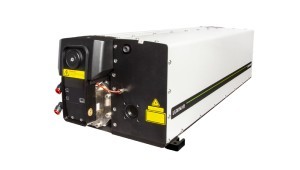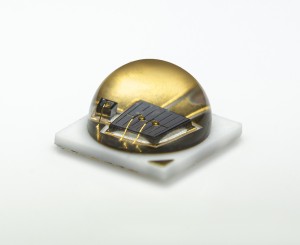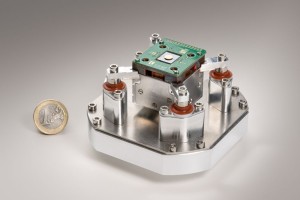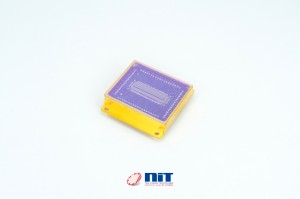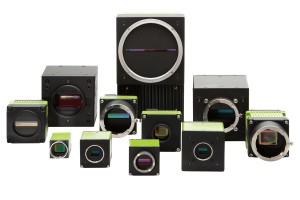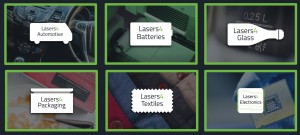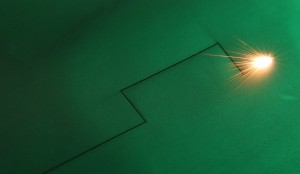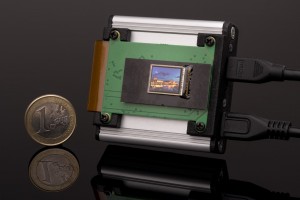




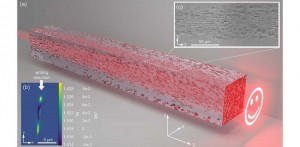
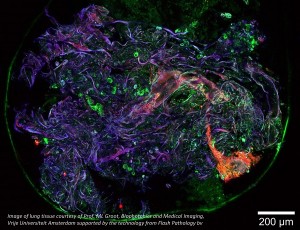

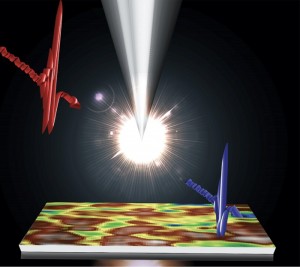

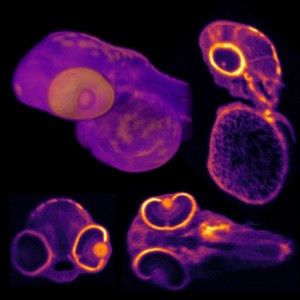
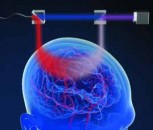
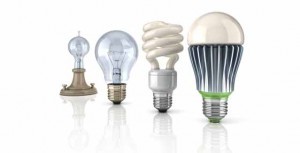

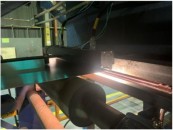

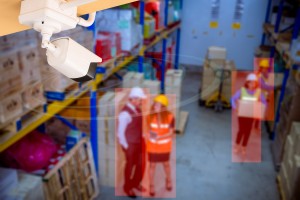
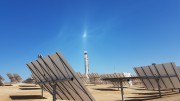


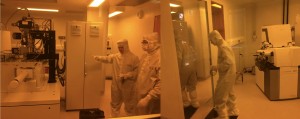
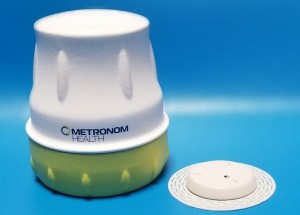


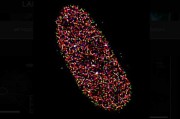


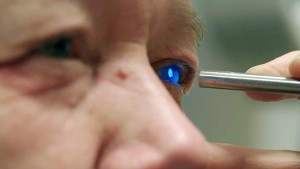
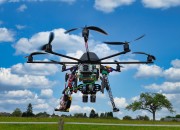

Ultraviolet (UV) radiation is a form of electromagnetic radiation, like radio waves, x-rays and light, and many people are unknowingly exposed to it in the workplace every day. Those in the light technologies industries can safeguard employees and customers by first understanding the risks, regulations and necessary protections, and then providing precautions, instructions and proper safety measures to prevent overexposure.
On the electromagnetic spectrum, UV radiation comes between visible light and x-rays.
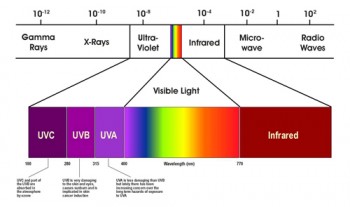
It is divided according to its effects on living tissue into three wavelength bands: UV-A, UV-B and UV-C. UV-A has the lowest energy and offers the least risk. Compared to UV-A. UV-B has higher energy and greater potential to cause acute adverse health effects. UV-C has the highest energy and generally has the most potential to cause acute adverse health effects.
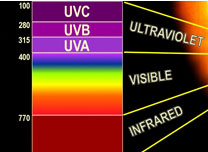
While UV light in low doses, such as that from the sun, is good for health (provided needed vitamin D3, for example), high levels can cause cancer, eye damage and damage to the immune system. Because these health risks can manifest themselves over the short and long term, it is best to know the levels within the workplace and safeguard employees and customers at all times.
How to protect
Sources of UV radiation in the workplace include various kinds of welding arcs, UV lamps, UV lasers, germicidal lamps, trans-illuminators, hand-held UV units, photo-therapy units, copy machines and more. Lasers, for example, can cause irreversible eye damage and face shielding for workers is mandatory.
Measures that can mitigate health risks begin with a UV exposure survey in the workplace. It is important that the survey be carried out by a qualified person with appropriate equipment. It will include measurements of UV radiation and exposure levels, allowable exposure times and compliance with the guidelines. If exposure levels are found to be a potential health risk, then warning signs must be put in place, supervisors and workers must be trained in standing a safe distance away from the source, limiting exposure and in the use of barriers and filters.
Regulations and guidance
Most countries have regulations in place that provide good guidelines for reducing risk. In Great Britain, for example, The Control of Artificial Optical Radiation at Work Regulations 2010, defines the statutory UV light exposure limit values (ELVs), sets out minimum health and safety requirements for the protection of workers and advises so that employers know the exposure levels within the workplace, and trains workers and puts safeguards in place.
The exposure limit values define a safe level of UV light exposure. The maximum permissible effective radiant exposure value (Heff max) of 30 J/m2 takes into account variations of different UV light wavelengths that may be a health risk. A measurement is provided that is weighted by wavelength according to a spectral weighting function (Sλ), which is directly proportional to health risk.
Another source of information is the US government’s Occupational Safety and Health Administration (OSHA), which provides detailed technical guidance on mitigating health risks from UV light with respect to laser hazards. Also, the American Conference of Governmental Industrial Hygienists (ACGIH), a non-governmental organization, has several publications available on allowable employee threshold limit recommendations (TLVs) for direct ocular and skin exposures to ultraviolet radiation.
Written by Anne Fischer, Managing Editor, Novus Light Technologies Today.
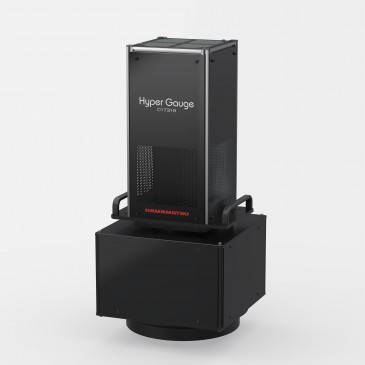
Hamamatsu Photonics has developed the HyperGauge thickness... Read More
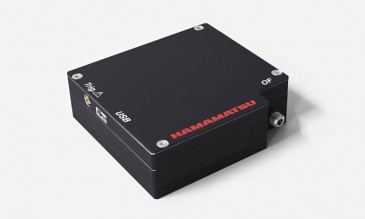
Hamamatsu Photonics launches the WS Series Mini-Spectrometers, a... Read More
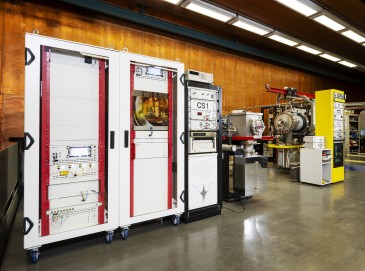
At this year’s LASER World of PHOTONICS, TOPTICA has... Read More
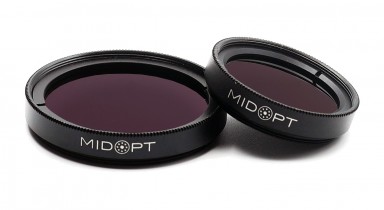
Midwest Optical Systems (MidOpt®), a global leader in machine... Read More
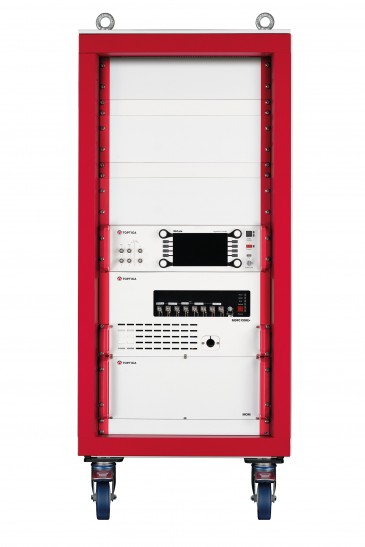
TOPTICA Photonics, a global leader in precision laser systems,... Read More
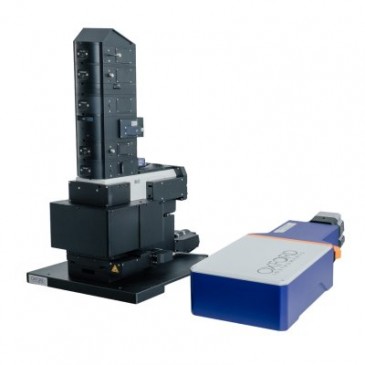
The new Oxford Instruments witec360 Raman microscope with Hexalight... Read More
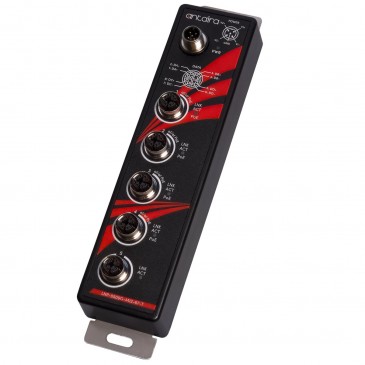
Antaira Technologies, LLC today announced the LNP-0500G-M12-67-T... Read More
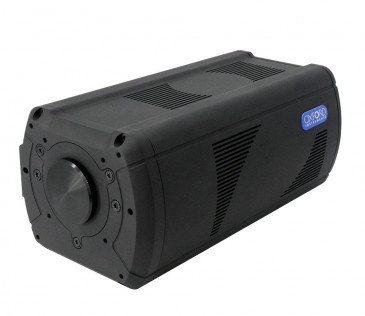
Oxford Instruments, leading provider of high technology products and... Read More
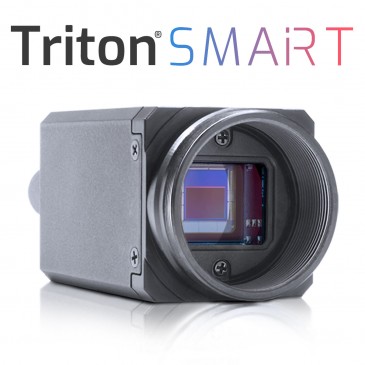
LUCID Vision Labs, Inc., a leading designer and manufacturer of... Read More
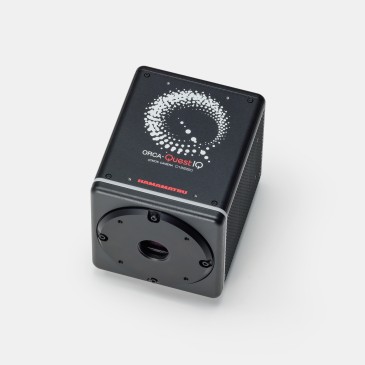
Hamamatsu Photonics is proud to announce the launch of the... Read More

Hamamatsu Photonics is proud to announce the release of the... Read More

Available in motorised and manual versions - the Model 200 3x non-Browning zoom lens from Resolve... Read More
